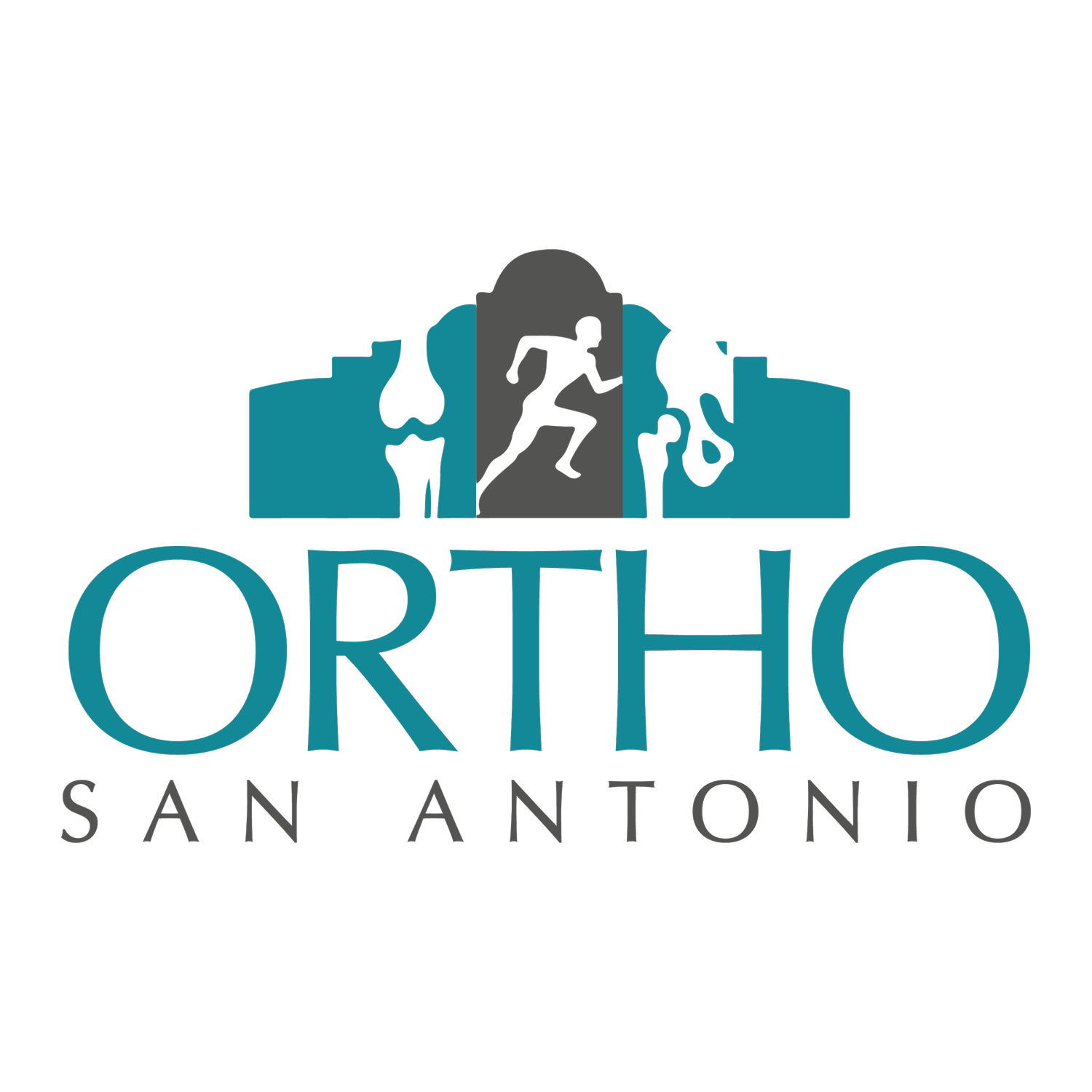What Is Pediatric Scoliosis?
As children grow, their bodies go through many natural changes. But when those changes include uneven shoulders, a tilted waist, or a visible curve in the spine, it may signal more than just a growth spurt. One potential cause is pediatric scoliosis—a condition where the spine curves sideways, often developing during periods of rapid growth.
At Ortho San Antonio, we specialize in diagnosing and treating pediatric spine conditions with a focus on conservative, non-surgical options whenever appropriate. Our goal is to help families navigate scoliosis with clarity, compassion, and confidence.
What Is Pediatric Scoliosis?
Pediatric scoliosis is a condition where a child’s spine curves sideways, forming a “C” or “S” shape. It often develops during growth spurts and can range from mild to more noticeable curves. While some children show no symptoms, others may develop uneven shoulders, hips, or posture over time.
What Are the Main Types of Scoliosis in Children?
Scoliosis in children can fall into one of three main categories:
Idiopathic scoliosis: The most common type, usually diagnosed during adolescence. Its cause is unknown, though it may be hereditary.
Congenital scoliosis: Present at birth due to spinal malformations that develop in the womb.
Neuromuscular scoliosis: Associated with conditions like cerebral palsy or muscular dystrophy that affect muscle control and spinal support.
How Is Pediatric Scoliosis Treated?
Treatment for pediatric scoliosis depends on several factors, including the child’s age, the degree of spinal curvature, and how much growing they still have left. Not every child with scoliosis will need treatment, but when intervention is needed, there are several effective options.
Observation
Mild cases may not require immediate treatment. Instead, the curve is monitored with regular checkups and X-rays to ensure it doesn’t worsen as the child grows.
Bracing
For moderate curves, a custom back brace may be recommended. While bracing doesn’t straighten the spine, it can help prevent further curvature in children who are still growing.
Surgery
When curves become severe or continue to progress despite other treatments, surgical options such as spinal fusion may be considered. Surgery is generally reserved for cases where the curve exceeds 45 to 50 degrees or is affecting the child’s function or quality of life.
We always begin with the least invasive approach and only explore surgical solutions when absolutely necessary.
When Should You See an Orthopedic Specialist?
If you notice a visible curve in your child’s spine, uneven shoulders, or posture changes during a growth spurt, it may be time to consult a pediatric orthopedic specialist. While some cases are mild, early evaluation can prevent the condition from getting worse.
You should schedule an appointment if:
Your child shows signs of spinal asymmetry
Scoliosis runs in your family
A screening or pediatrician has raised concerns
At Ortho San Antonio, we focus on early detection and conservative care to support your child’s spine health and overall well-being.
Have you been noticing signs of scoliosis?
At Ortho San Antonio, Dr. Jorgensen offers expert care for children with scoliosis. He focuses on conservative treatments first and helps families understand the best path forward. Schedule a visit today to get the answers you need.


